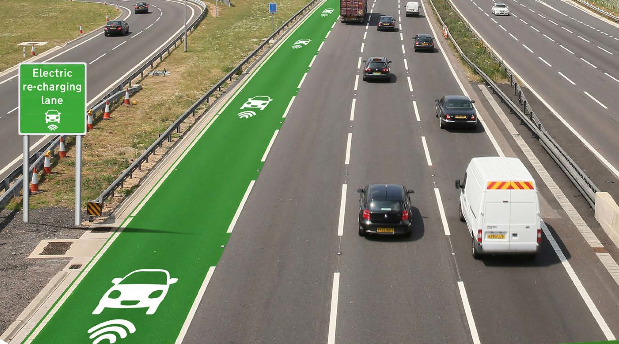eisbock
Member
Wireless charging is the pinnacle of refueling technology and advancement, assuming it's financially feasible.Have we really gotten that lazy as a society that plugging in a cord is so much of a hassle that it needs to be "improved" upon with wireless charging?
We are definitely in the decline of our civilization, no doubt about it.
Ideally, you shouldn't have to ever so much as think about refueling your car. It should be done automatically. The fact that we still have to worry about remembering to refuel and actively do something to initiate the refuel means the technology isn't perfect. In an ideal world, you do your daily driving, come home, park in your garage, and that's that.
Your argument is ridiculous and advocates pursuing evolution and advancement part-way, then looking back, clapping the dirt off your hands and muttering, "Welp, good enough."



